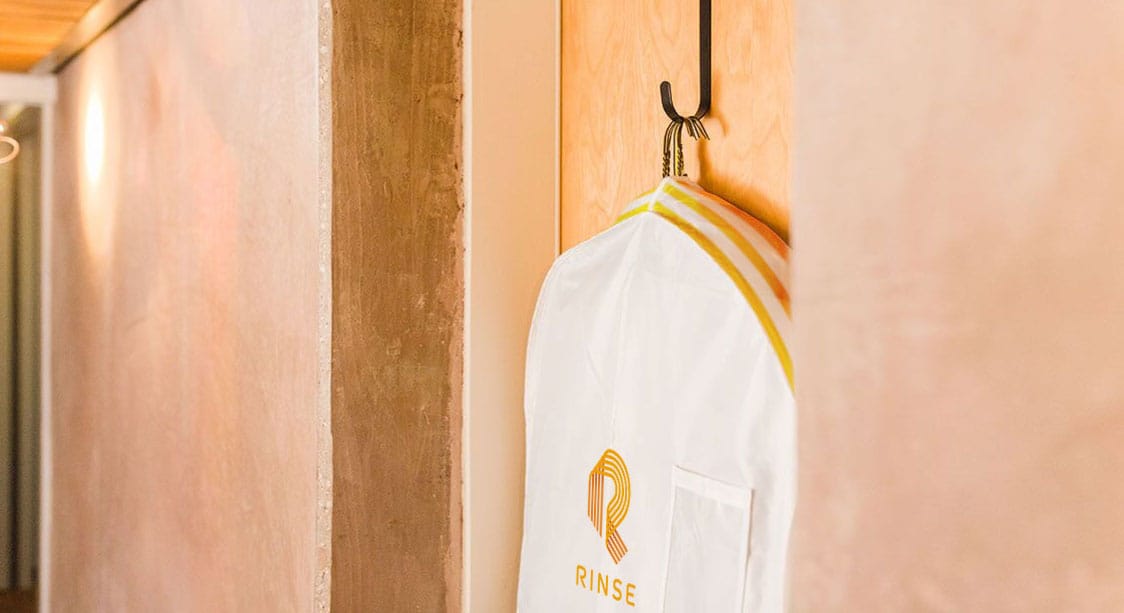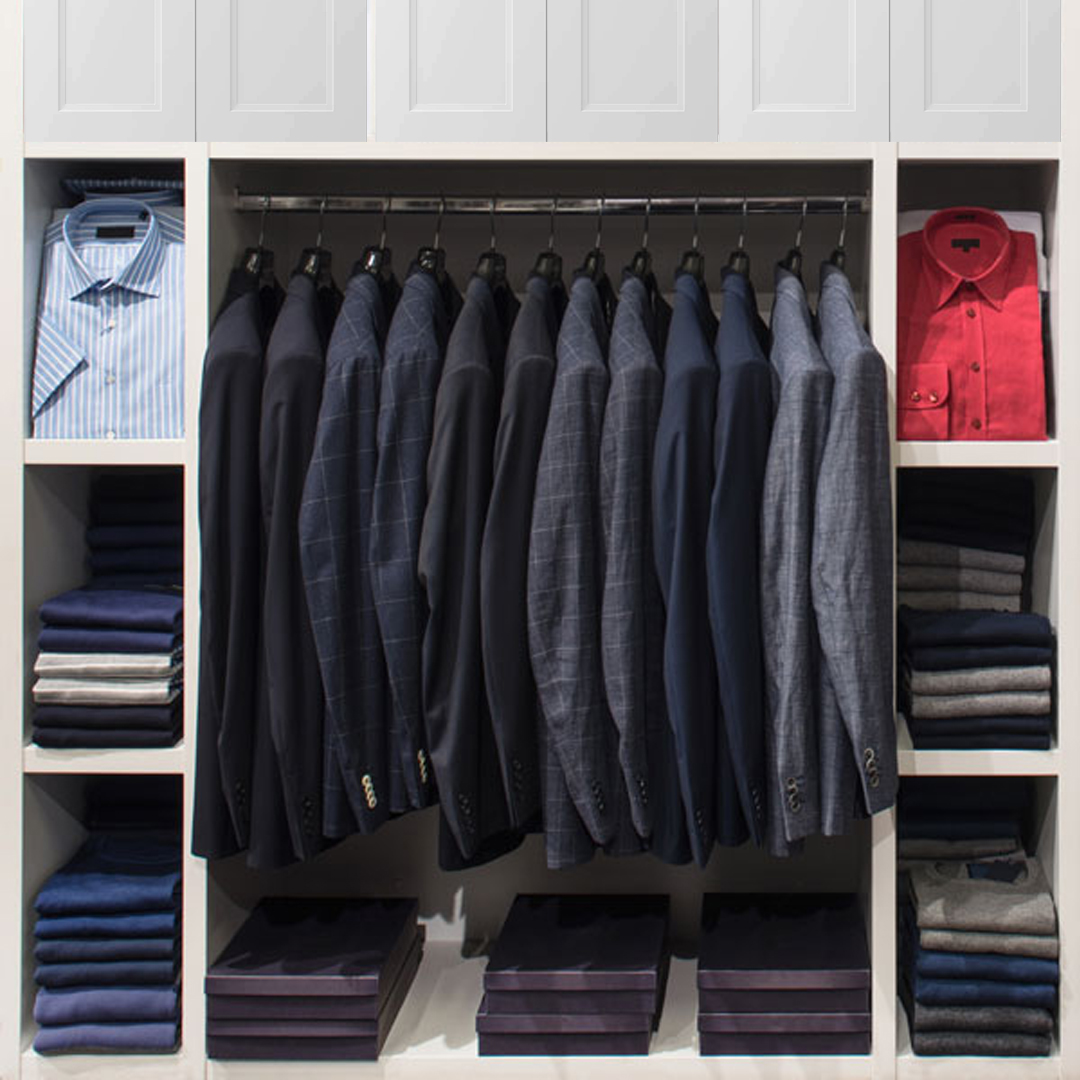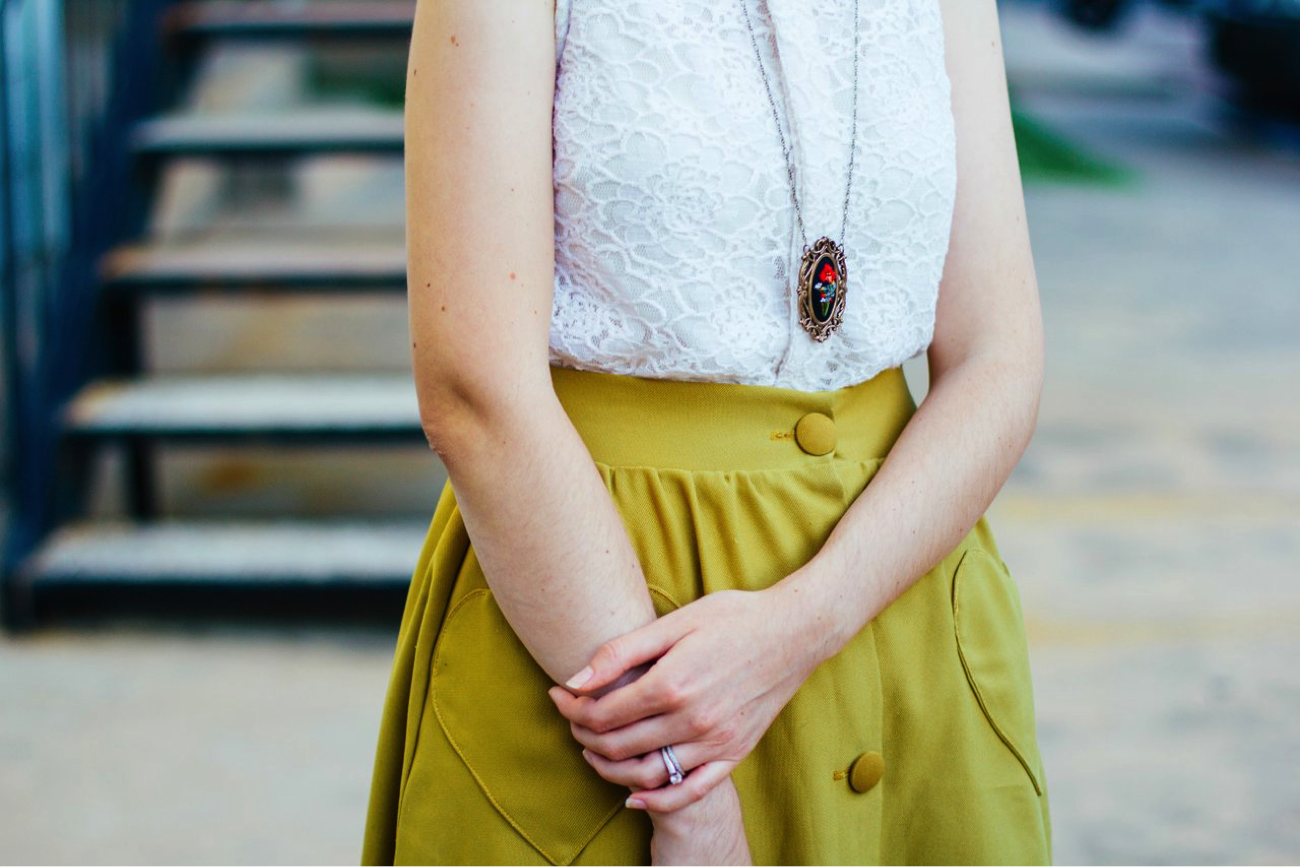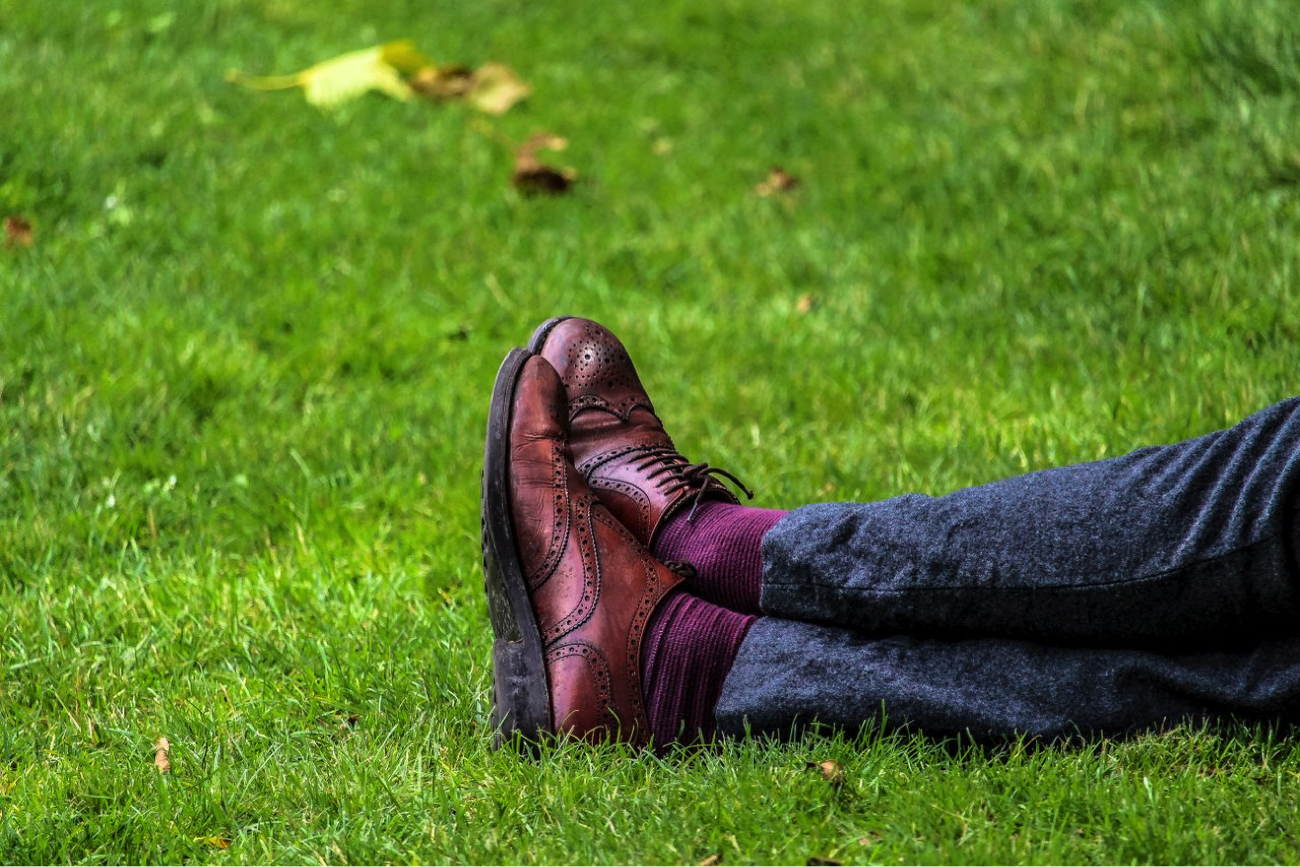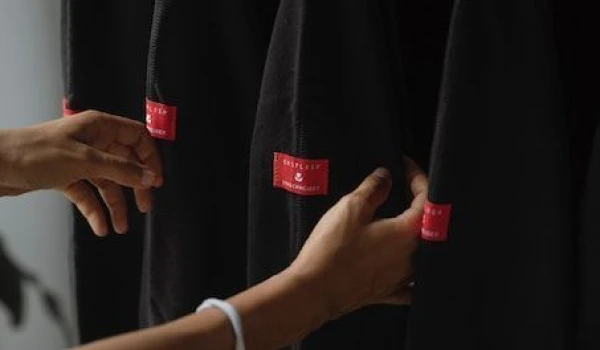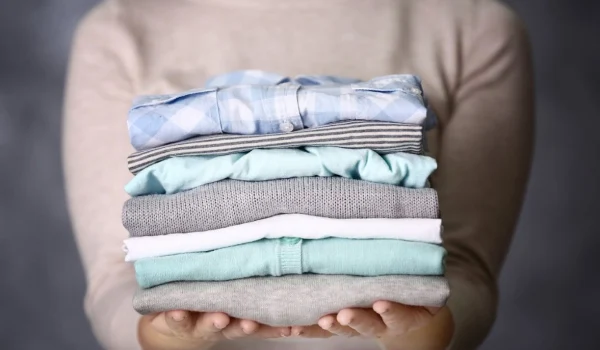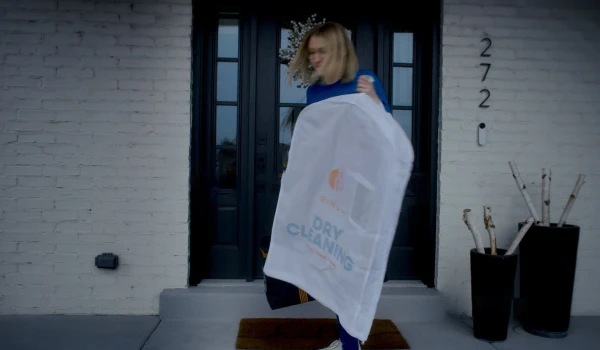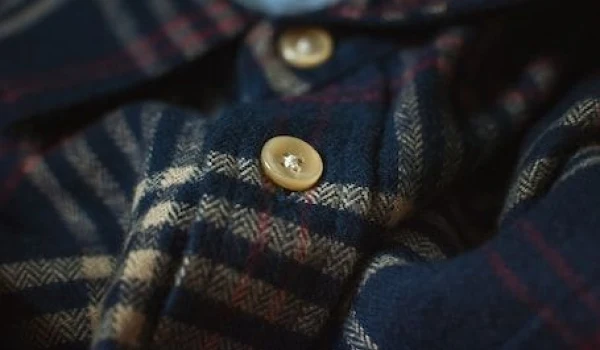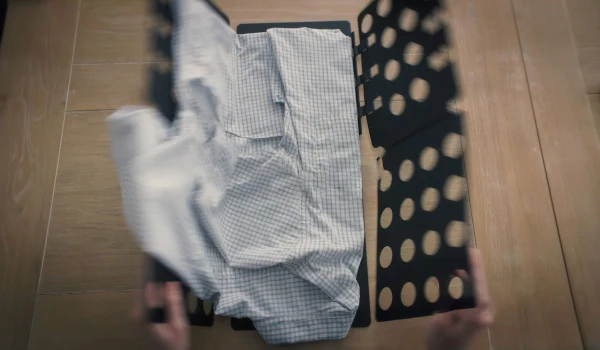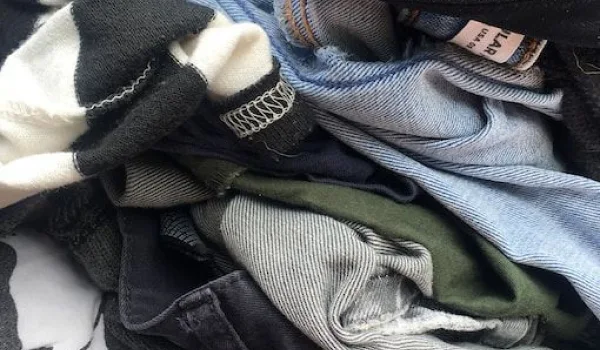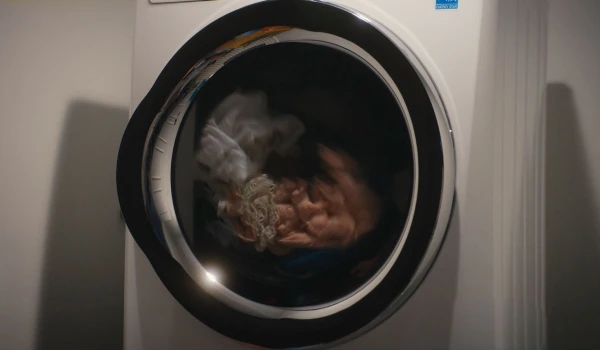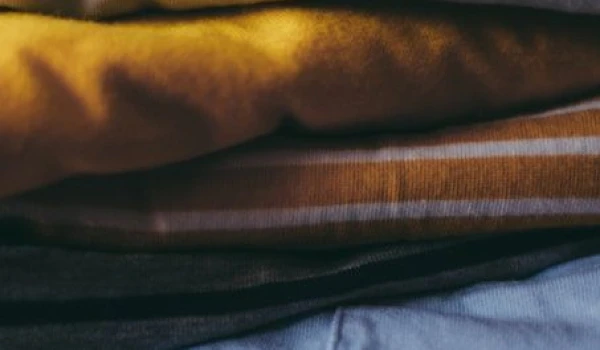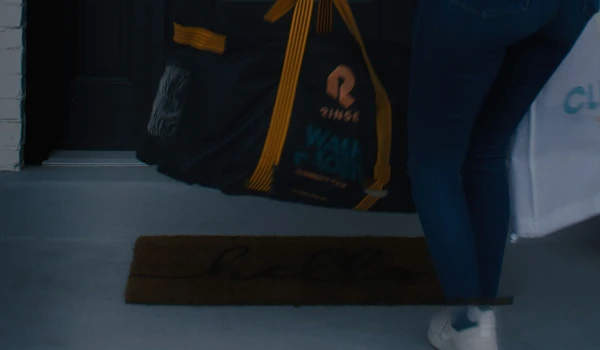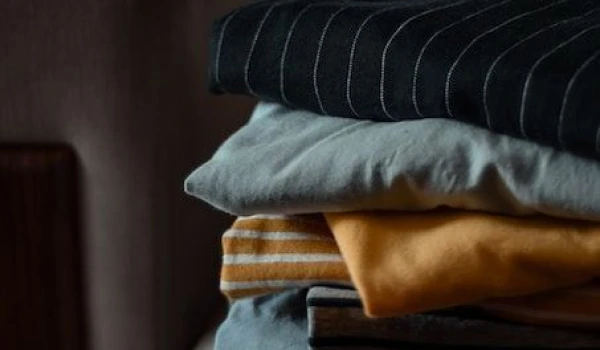Ever wondered how you should be storing your “nostalgic linens”? (Think heirloom quilts, special jerseys, etc.) We went to Brian Yetwin from Get Organized LA, one of LA’s best celebrity organization experts, to learn exactly how to properly store all those treasured linens that just can’t be parted with.
Nostalgia and memorabilia comes in many forms, including textiles. I’ve seen it all from wedding dresses, grandma’s quilts, armed force uniforms, jerseys, grandpa’s pocket squares, onesies, and even lucky socks from the 1984 Olympics!
When editing and organizing general memorabilia, treasured fabrics are typically found crammed into boxes or used to cushion fragile items. It’s time to give those special foldables the respect they deserve.
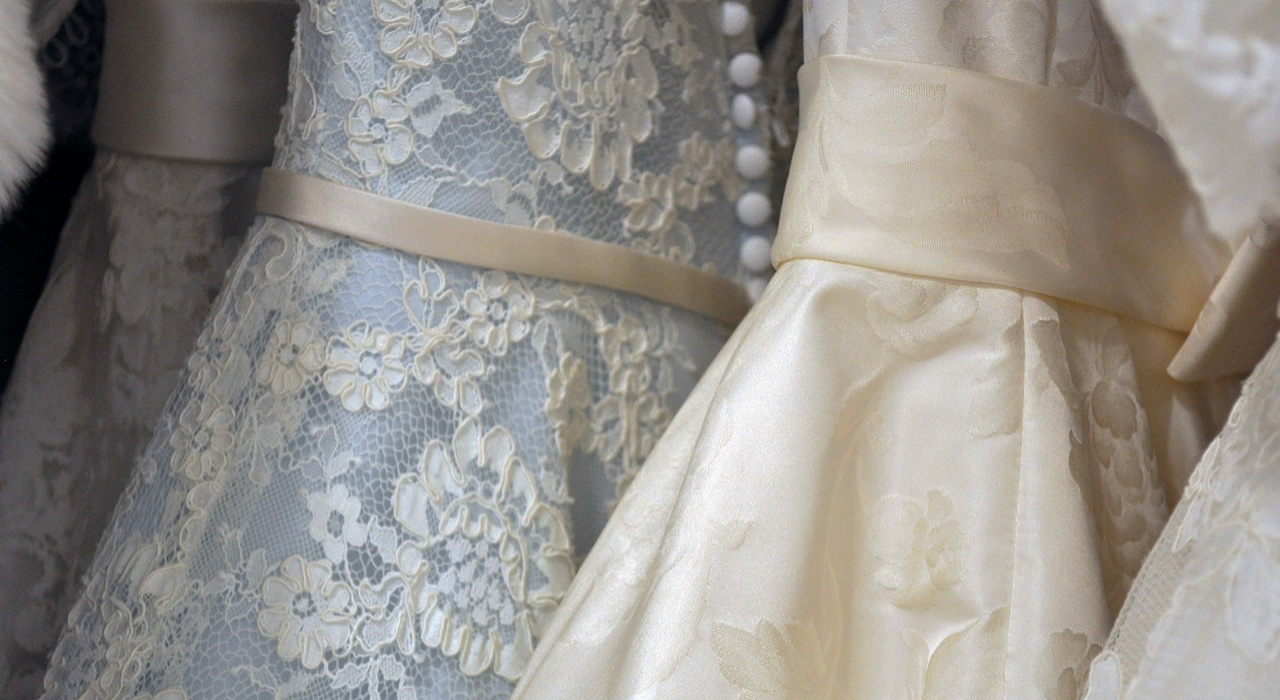
Make sure the items are clean, clean, clean!
Get those linens, fabrics, and clothes laundered or dry cleaned. It’s important to properly clean your cherished items before storing them (even if they don’t look dirty), because untreated stains can set in over time and dust/sweat will attract pests that can harm the items.
1.) The importance of removing all stains:
The most dangerous stains are those that dry clear. A white wine stain for example will be invisible for the first couple months but over time the oxidation process will turn that stain to a terrible yellow or brown that even the best cleaner won’t be able to remove.
2.) The importance of removing dust:
Dust can not only attract little critters you’d prefer sayed out of your prized memories, but the dust itself can also slowly cut fibers through friction.
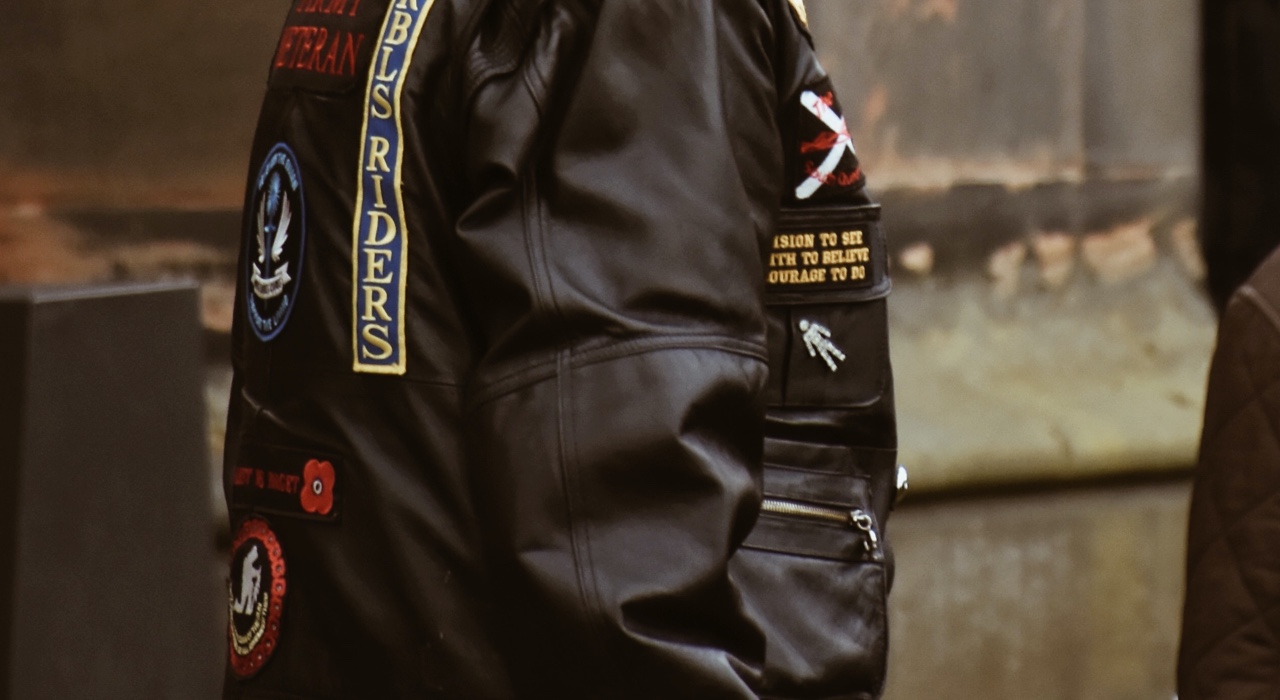
Plastic bins are your friend
When finding a permanent home to store your textiles, use air-tight bins to keep dust and moisture out. Store textiles flat, padding at the points of folds with washed, unused linens like old pillow cases. Antique textiles should stay away from regular tissue as most paper tends to be acidic and can damage your textiles.
Store in a cool, dry place
Now that you’ve properly cleaned and packed your treasured linens, store them in a cool dry place. Moisture is no friend to fabrics over time because it can lead to mold and mildew -- not ideal. Direct light can also be damaging to fabrics, fading them and slowly degrading their fibers. For long-term storage, consider storing these items in the back of the closet or under the bed.
PRO TIP – When storing wedding dresses, use professionals who specifically deal with dresses from that special day. A wedding dress preservationist is different from a typical dry cleaner. They will not only clean your gown but return it in a vacuum sealed bag or box where all of the oxygen has been sucked out and replaced with nitrogen. This extra step is important because it prevents the aging/discoloration that comes from oxidation, which can happen to clothes that have been stored for several years.
That’s it! You’ve smartly preserved your special linens and textiles so you can revisit and share those memories with your loved ones in the future!



